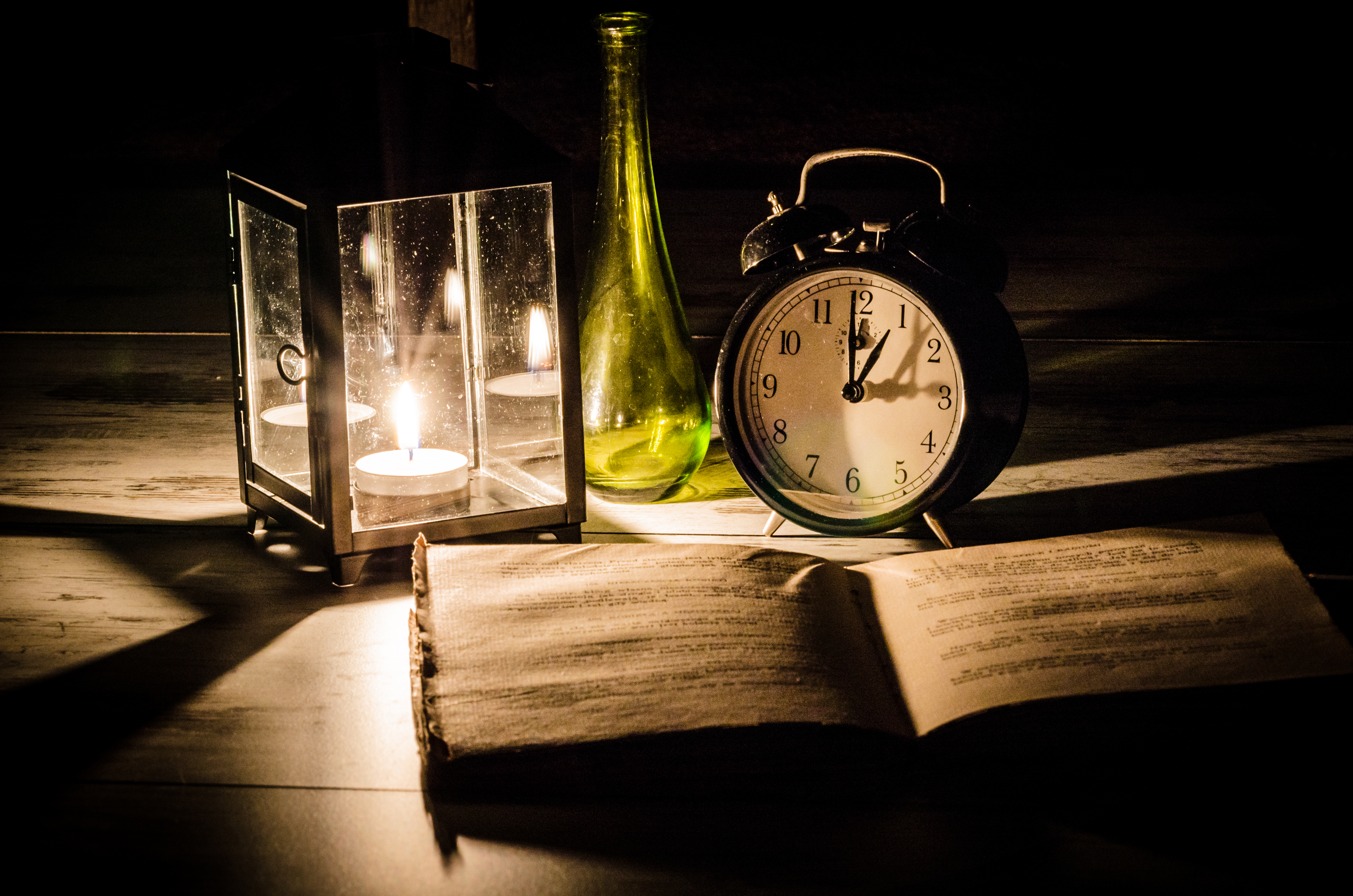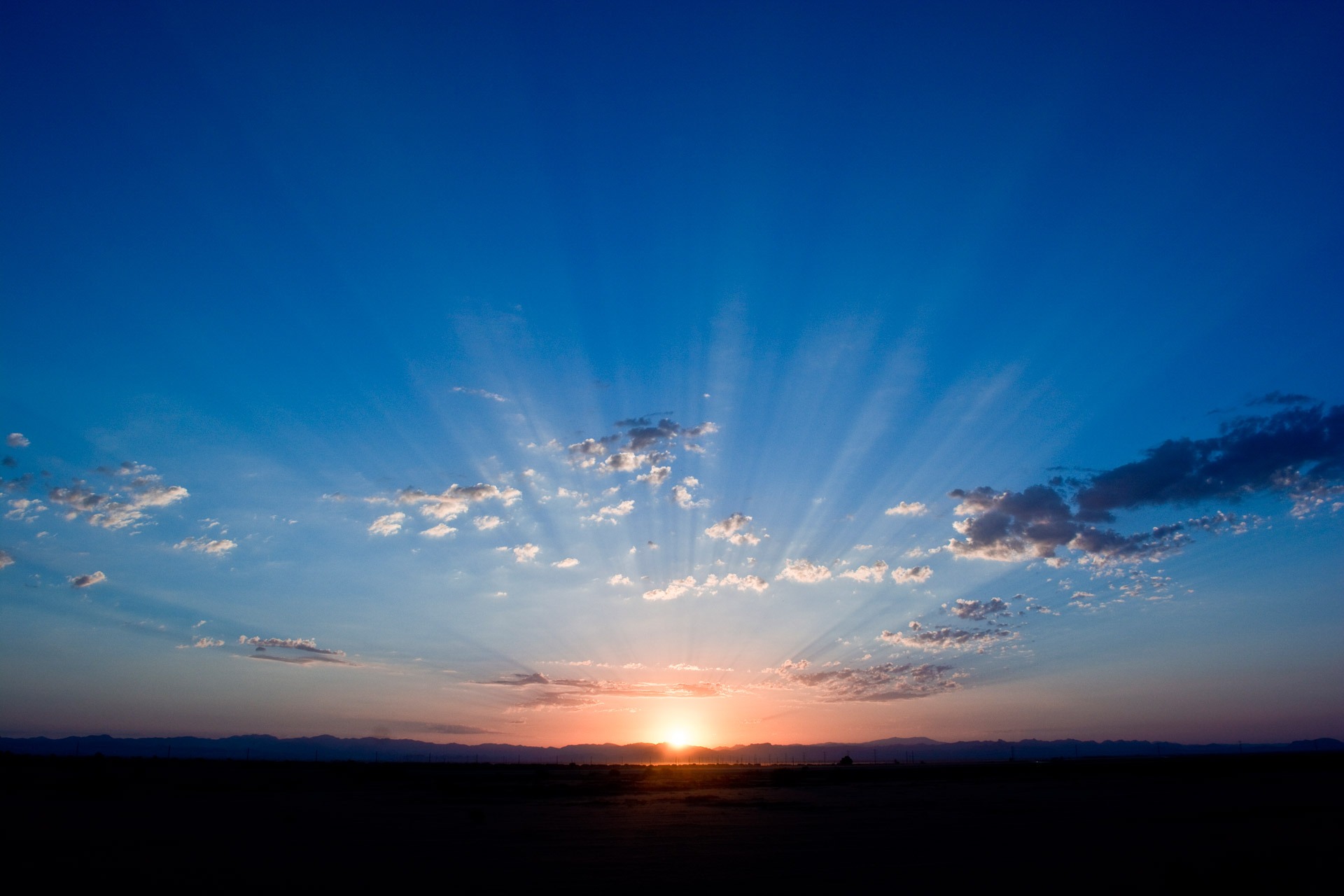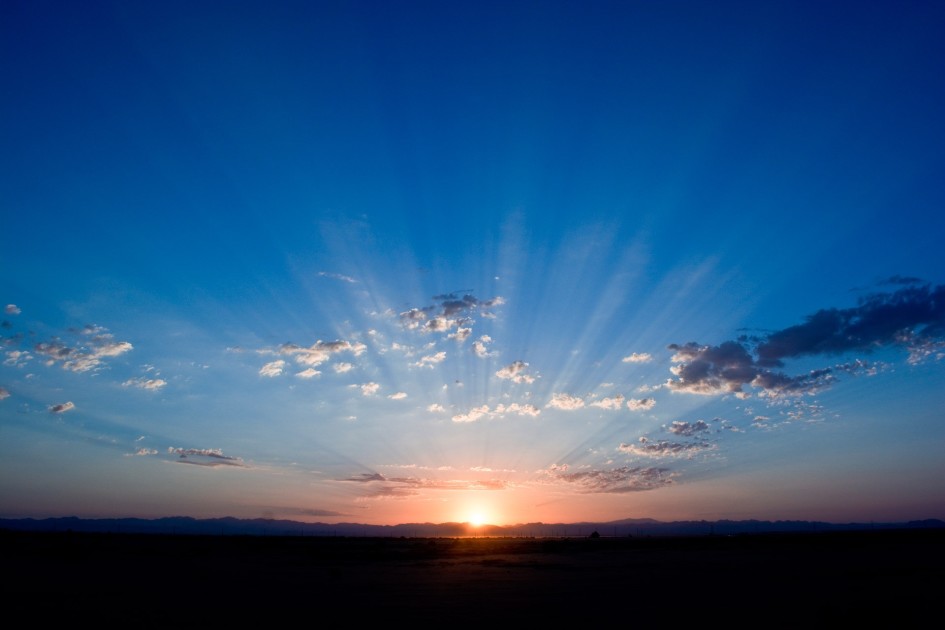The controversial policy of Daylight Saving Time (DST) and its benefits and costs to society have been debated ever since Benjamin Franklin first jokingly suggested getting people out of bed earlier to conserve candles in 1784. Read the brief history behind the contentious practice below as we look to answer an often-speculated question – does Daylight Saving Time actually save energy?

A Brief History
In a 1784 satire, Benjamin Franklin proposed Parisians save on candle usage by waking up earlier to capitalize on the morning’s natural sunlight. Often incorrectly cited as the founder of Daylight Saving Time (DST), Benjamin Franklin did not invent DST as Europe during this time did not yet run on precise schedules. That honor, or disgrace depending on how you feel about it, is attributed to George Hudson from New Zealand whose hobby of studying insects after his shift-work job led him to become partial to after-hours daylight and first propose DST in 1895.
With rail transport and the early days of commercial communication quickly changing the global landscape, time had become standardized by Hudson’s day and DST became a matter of policy discussion in Europe, with the German Empire being the first to employ DST in 1916 in an effort to ration coal during World War I. Most of Europe adopted DST shortly thereafter and the US instituted the policy in 1918. DST was mostly forgotten after the first World War ended, but showed its resilience during instances of emergency, especially during World War II, and then again with renewed interest during the 1970s energy crisis.
Since then, most of the United States has consistently observed DST, currently scheduled as “springing forward” on the second Sunday in March and “falling back” on the first Sunday in November, with the Department of Transportation in charge of enforcing the policy for participating states.

DST & Energy Conservation
The 1970s oil crisis led the US Department of Transportation to conduct a study on DST in 1975 that found it reduced national electricity usage by about 1% during the months of March and April. However, this study was reviewed the following year by the National Bureau of Standards who found no significant link.
A study in 2007 by the California Energy Commission found DST had little to no impact on energy usage in the state. In 2008, economists from the University of California, Santa Barbara were able to get a more comprehensive look at the effects of DST by studying the state of Indiana before and after the state instituted daylight saving for the first time in 2006. The Indiana study found that DST actually increased energy consumption by 1-4% due to increased demand for both residential heating during earlier (read: darker, colder) fall mornings and for cooling during summer evenings due to DST’s extended daylight hours.
Later in 2008, after the US extended DST an extra 4-5 weeks in 2007 with the Energy Policy Act, the US Department of Energy presented a report to Congress that determined said extension saved the country an estimated 0.5% electricity per day.

Concluding the Inconclusive
As you can see, despite numerous studies, the correlation between DST and energy conservation is still widely-debated and has yet to be definitively proven. And besides costs and benefits regarding energy consumption, there are additional societal implications to keep in mind that result from practicing DST. Retailers and recreation industries, especially the golf industry, argue that DST increases profits tremendously due to daylight extension while opposing studies have shown DST increases traffic accidents in its darker morning hours but also prevents them in the extended daylight hours.
So, to wrap up, remember to set your clocks and maybe spend your extra hour of daylight on the golf course instead of inside running the air conditioning if you want to do your part to maximize Daylight Saving Time’s benefit to society.
Sources:
Choi, Charles Q. “Does Daylight Saving Time Conserve Energy?” Scientific American, 3 Mar. 2009. Web. 7 Mar. 2017.
Jr., Tom Zeller. “Daylight Saving Time: Negligible Energy Savings, Possibly Deadly?” Forbes. Forbes Magazine, 06 Mar. 2015. Web. 07 Mar. 2017.
